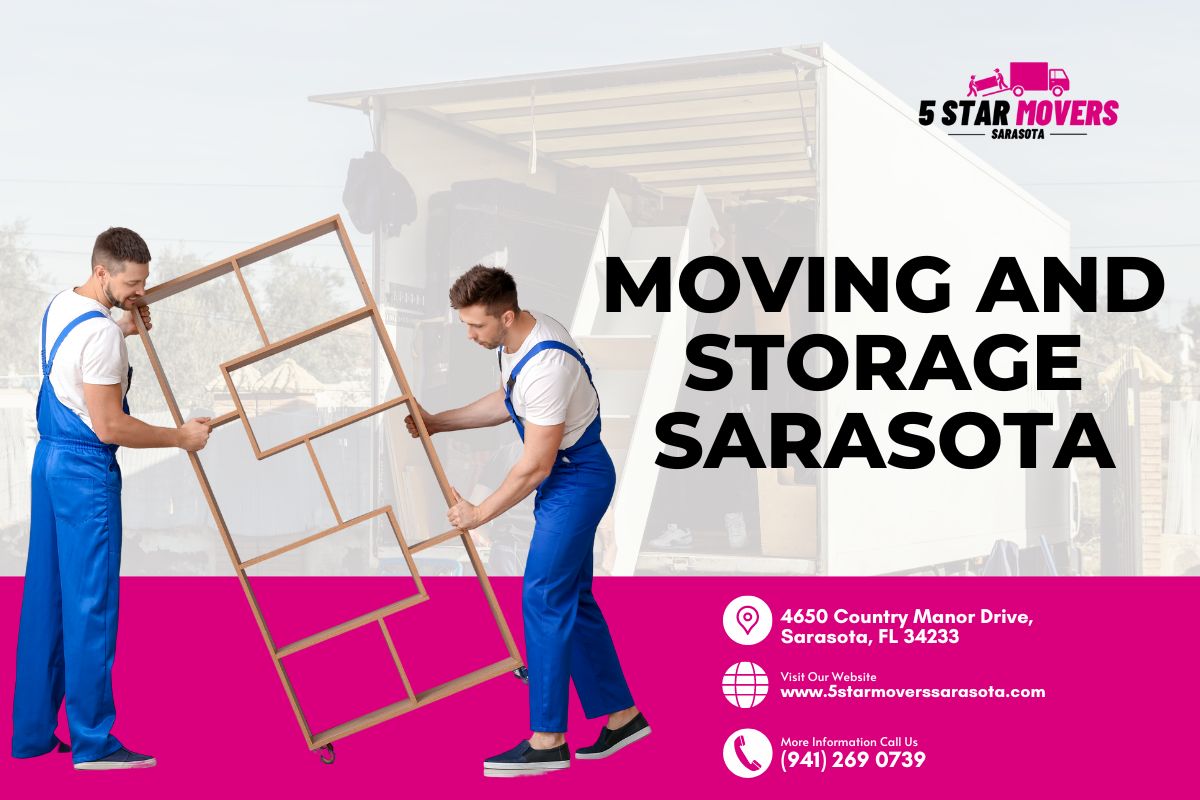

Introduction
Moving a piano can be a daunting task, especially when it comes to protecting your home during the process. The weight and size of pianos make them difficult to maneuver, and if not handled properly, they can cause damage to your floors, walls, and other valuable possessions. That's why it's crucial to follow the tips and advice from our Sarasota experts on how to protect your home during a piano move. In this article, we will provide you with valuable insights on piano moving techniques, precautions, and expert tips that will ensure a smooth and damage-free relocation.
Protecting Your Home During a Piano Move: Tips from Our Sarasota Experts
Moving a piano requires careful planning and execution to prevent any potential damage to your home. Here are some essential tips from our Sarasota experts that will help you protect your home during a piano move:
1. Hire Professional Piano Movers for the Job
One of the most important steps in protecting your home during a piano move is hiring professional piano movers. These experts have the necessary knowledge, experience, and equipment to handle the delicate process of moving pianos safely. Look for reputable piano moving companies in Sarasota that specialize in handling pianos and have positive customer reviews.
2. Measure Doorways and Hallways
Before moving the piano, measure all doorways, hallways, and staircases that it needs to pass through. This step is crucial as it helps identify any potential obstacles or tight spaces that may pose a risk of damage during the move. Taking accurate measurements will allow you to plan ahead and make necessary adjustments to ensure a smooth passage.
http://daltonlnxr459.fotosdefrases.com/what-to-look-for-in-a-commercial-moving-company-in-sarasota3. Clear Pathways
Clearing pathways is another important aspect of protecting your home during a piano move. Remove any obstacles such as furniture, rugs, or decorative items that may hinder the movement of the piano. Ensure that there is a clear and wide pathway from the piano's current location to the exit point.
4. Use Protective Covers
To prevent any scratches or damage to your floors and walls, it is advisable to use protective covers. Lay down heavy-duty moving blankets or cardboard sheets on the floor along the intended path of the piano. These covers will act as a buffer between the piano and your flooring, minimizing the risk of any accidental scrapes or dents.
5. Disassemble When Necessary
If your piano can be disassembled, consider doing so before the move. Removing legs or other detachable parts can make it easier to navigate through narrow spaces and reduce the overall weight of the instrument. However, it's important to consult a professional technician or follow manufacturer guidelines for proper disassembly to avoid causing any damage.
6. Securely Wrap and Protect the Piano
Properly wrapping and securing your piano is crucial for protecting it during transit. Use specialized moving blankets or thick furniture pads to cover the entire surface of the piano, ensuring that no exposed areas are vulnerable to scratches or bumps. Secure the blankets with packing tape or straps to keep them in place during transportation.
7. Use Professional Moving Equipment
When moving a piano, it is essential to use appropriate equipment such as dollies, ramps, and straps specifically designed for this purpose. These tools help distribute the weight evenly and provide stability while maneuvering through different terrains or obstacles. Avoid using makeshift equipment as it may lead to accidents or damage.
8. Communicate with Your Movers
Effective communication with your movers is key to ensuring a successful and safe piano move. Provide them with all relevant details about your home layout, any potential challenges, and specific instructions you may have regarding handling the piano. This way, they can plan accordingly and take necessary precautions during the move.
9. Protect Your Walls and Corners
As pianos are bulky and heavy, they can easily damage walls, corners, and other fragile structures in your home. To protect these areas, use corner guards or foam padding on the corners of doorways and hallways. By doing so, you minimize the risk of accidental collisions and potential damage.
10. Use a Professional Moving Company
If you prefer not to handle the piano move yourself, hiring a professional moving company with piano-moving expertise is highly recommended. These companies have the necessary experience, equipment, and insurance coverage to ensure a smooth and secure relocation of your piano without causing any damage to your home.
Frequently Asked Questions (FAQs)
Q: Can I move a piano by myself?
A: While it's technically possible to move a piano by yourself, it is highly discouraged due to the risks involved. Pianos are delicate instruments that require specialized knowledge and equipment for safe handling. Hiring professional piano movers will ensure a smooth and damage-free move.
Q: How much does it cost to hire professional piano movers?
A: The cost of hiring professional piano movers can vary depending on factors such as the distance of the move, the size of the piano, and any additional services required. It's best to request quotes from different moving companies in Sarasota to compare prices and services.
Q: Will my homeowner's insurance cover any damages during a piano move?
A: It's important to review your homeowner's insurance policy to determine if it covers damages during a piano move. Some policies may provide limited coverage for specific types of damage, while others may require additional insurance or endorsements for specialized items like pianos.
Q: How far in advance should I schedule a piano move?
A: It's advisable to schedule your piano move as far in advance as possible, especially during peak moving seasons. This ensures that you have enough time to research and hire reputable piano movers and allows them to accommodate your preferred moving date.
Q: What should I do if my piano doesn't fit through the door?
A: If your piano doesn't fit through the door, consult with professional piano movers or technicians. They may be able to disassemble certain parts of the piano or suggest alternative solutions to safely move it without causing any damage.
Q: How can I maintain the condition of my piano after the move?
A: After the move, it's important to let your piano acclimate to its new environment for a few weeks before tuning it. Avoid placing the piano near direct sunlight, heaters, or areas with high humidity. Regularly clean and dust the instrument to maintain its condition.
Conclusion
Protecting your home during a piano move is crucial to avoid any unnecessary damages and ensure a smooth relocation experience. By hiring professional piano movers, taking necessary precautions, and following expert tips from our Sarasota experts, you can protect both your home and your precious instrument. Remember to plan ahead, communicate effectively with your movers, and use appropriate equipment for a successful and stress-free piano move.